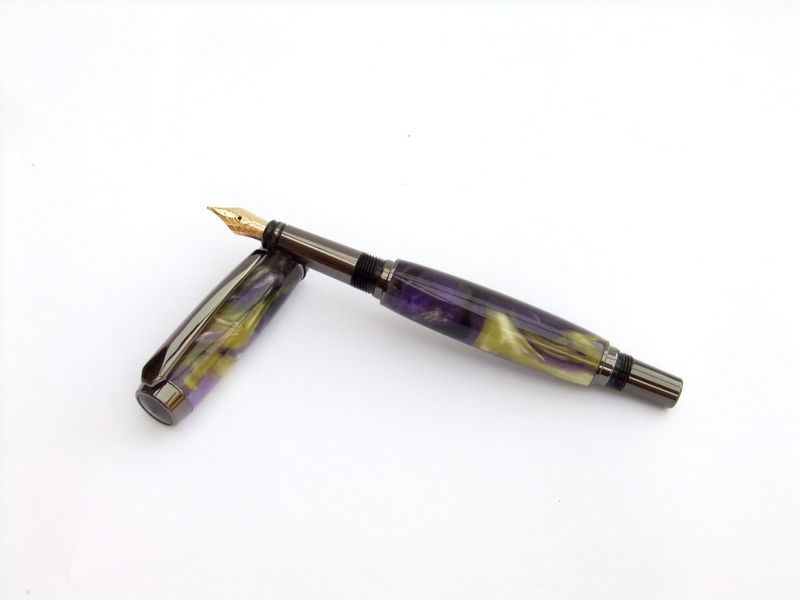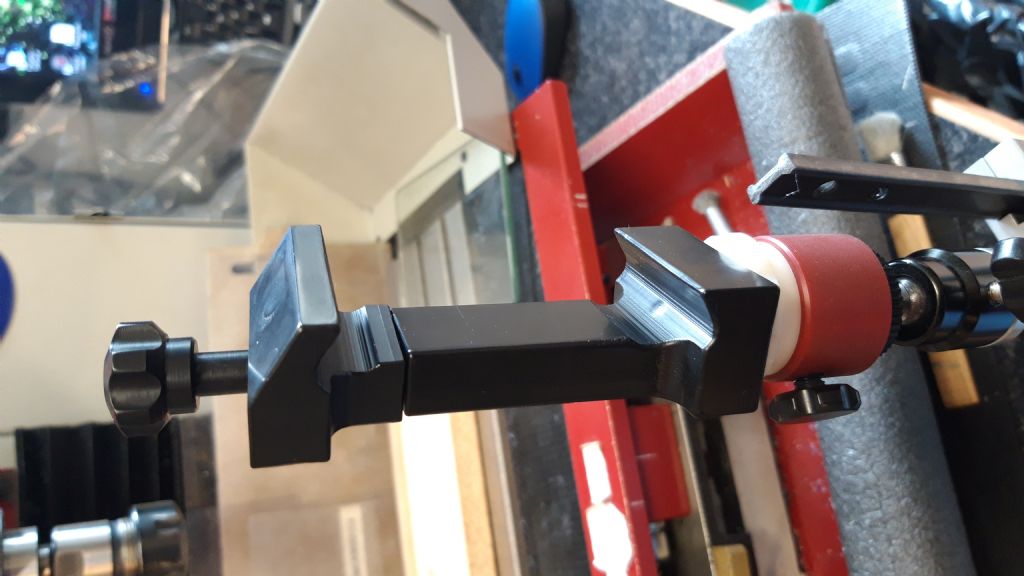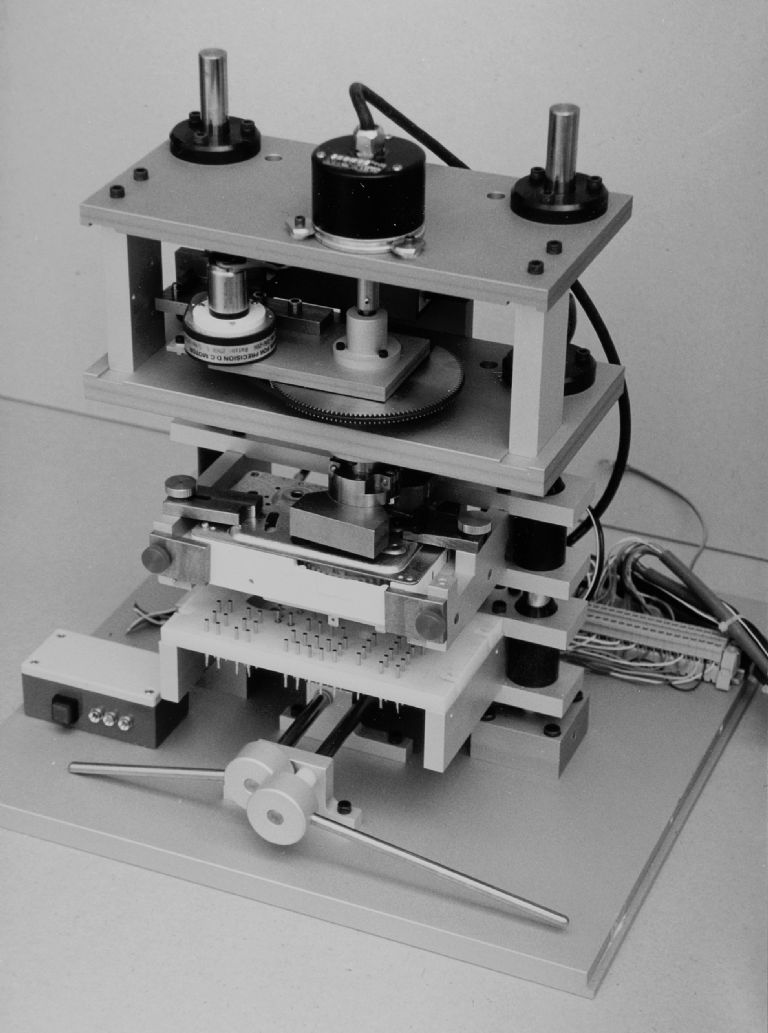Polishing Acetal/Delrin and other plastics
Polishing Acetal/Delrin and other plastics
- This topic has 22 replies, 12 voices, and was last updated 4 November 2019 at 15:16 by
Mike Donnerstag.
Viewing 23 posts - 1 through 23 (of 23 total)
Viewing 23 posts - 1 through 23 (of 23 total)
- Please log in to reply to this topic. Registering is free and easy using the links on the menu at the top of this page.
Latest Replies
Viewing 25 topics - 1 through 25 (of 25 total)
-
- Topic
- Voices
- Last Post
Viewing 25 topics - 1 through 25 (of 25 total)
Latest Issue
Newsletter Sign-up
Latest Replies
- Pre-Setting 4-Jaw Chucks Hack for Quick Centering
- Dead Centres?
- Parting off on a mini lathe
- Looking for book on basic strengthening and design methods for steel structures
- Arc’s 25mm indexable end mills…
- Looking for a quality pencil sharpener
- Drunk driver broke my workshop!
- Milling for beginners book, Where?
- Chimney turning
- No more Google









